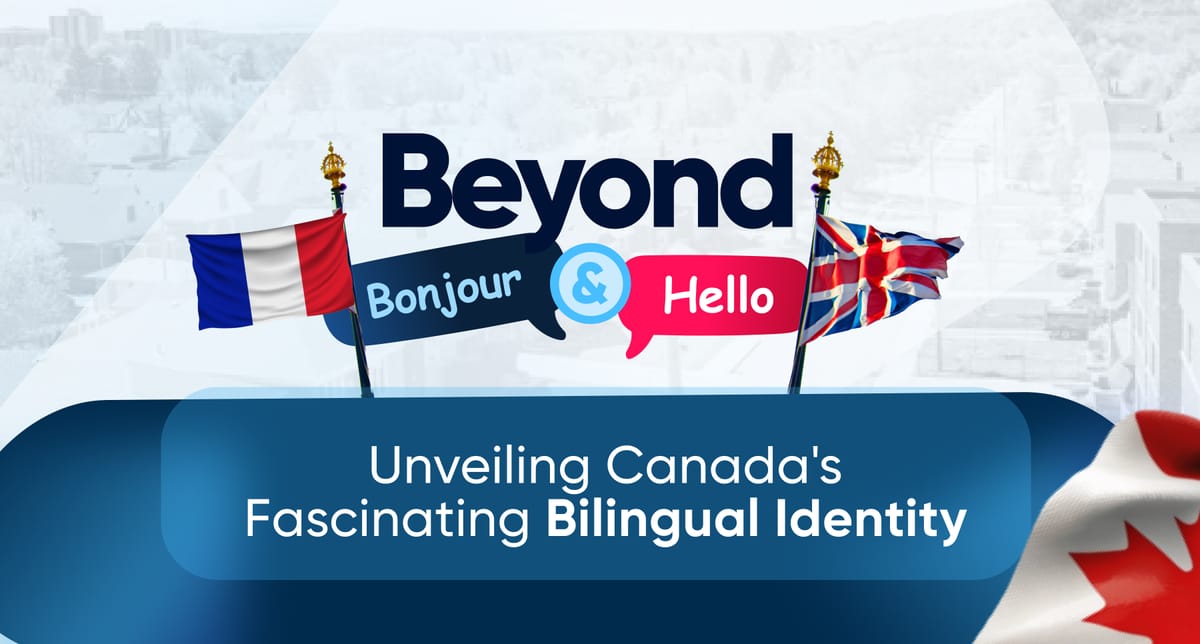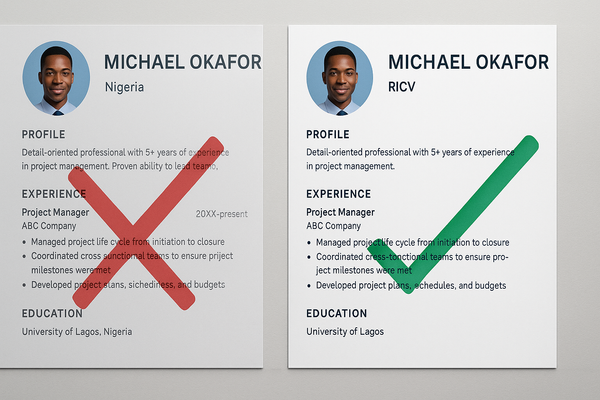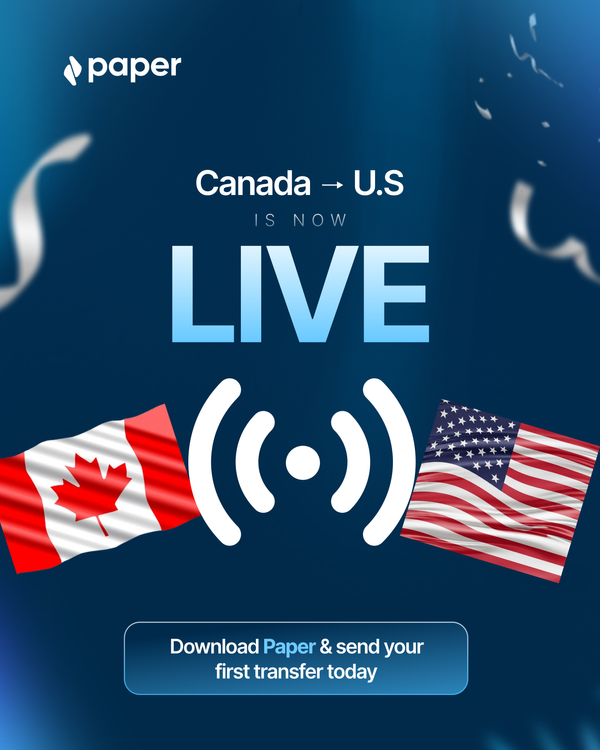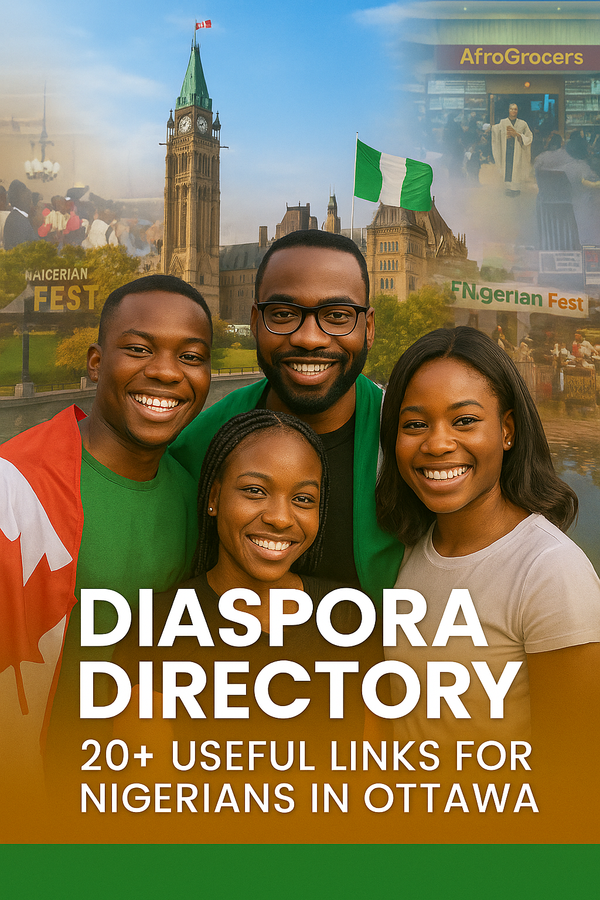Beyond Bonjour & Hello: Unveiling Canada's Fascinating Bilingual Identity

Canada may be known for its stunning landscapes and friendly people, but alongside that is a fascinating story of two languages – French and English – that have shaped the nation's unique cultural identity.
Canada recognizes English and French as its two official languages. Anglophones represent the English-speaking population, whereas Francophones refer to those who speak French.
Approximately 21% of Canadians consider French their first language, predominantly residing in Quebec. The nation also hosts over 100 French-speaking academic institutions.
Surprised?
All federal government entities in Canada operate bilingually, allowing individuals to submit student visa applications and engage in border entry procedures in either English or French. Border officers typically greet newcomers with "bonjour, hello," highlighting the country's bilingual nature.
Beyond English and French, Canada is home to 70 indigenous languages. The dual official language system places English and French on an equal level, distinguishing Canada's commitment to linguistic diversity.
The presence of French is most palpable in Quebec, where efforts to preserve French culture and language are enforced rigorously by the OQLF (Office Québécois de la langue française), sometimes humorously referred to as the "language police." These efforts include mandates on the use of French in business signage and customer greetings to ensure the language's prominence.
While Quebec is often highlighted for its French-speaking majority, New Brunswick also has a considerable Francophone population. In the rest of Canada, English predominates, but French education is widely accessible, and bilingual signage is common, reflecting the nation's inclusive approach to its linguistic heritage.
Understandably, it might come as a surprise that Canada has two official languages; however, these are strategies to help you settle comfortably in Canada.
- Don't feel intimidated:
The idea of navigating two languages might feel overwhelming; however, you can choose to learn either French or English, depending on your location and career goals.
Feeling excited to explore Canada's bilingual side? Dust off those old French class notes from Nigeria (if you still have them!😆) or check out some fun beginner lessons on YouTube.
- Immerse in the Culture:
To settle in Canada, immerse yourself in the cultural aspects of both French and English Canada through media, events, and interacting with people from different language backgrounds.
- Find Support Networks:
Connecting with other newcomers facing similar challenges and joining communities that promote both languages can be a source of encouragement and practical advice.
- Embrace Bilingualism:
You can view Canada's bilingualism as a positive aspect. It fosters a multicultural society and offers opportunities for personal and professional growth.
What do you stand to gain from being bilingual, you may ask?
- Enhanced Communication Skills:
Learning a new language or improving existing skills can significantly enhance communication and open doors to new social and professional circles.
- Cultural Appreciation:
Exposure to two languages fosters a deeper appreciation for Canadian culture and its diverse population.
- Improved Career Prospects:
Being bilingual can be a valuable asset in the Canadian job market, especially for positions requiring interaction with both language groups.
Canada welcomes newcomers with a wealth of resources to help navigate its bilingual environment. Language programs, online tools, community groups, and mentorship programs all exist to support you on your journey to confidently communicating in French or English.
Enjoyed reading this? Look out for more interesting and informative articles.
Share this with your friend(s) and loved one(s).




